The Chagall Windows of St. Stephan’s
A famed artist's inspiring work of peace and tolerance.
Established in the year 990, the Church of St. Stephan stood for centuries before suffering extensive damage in World War II. When restoration was finally completed in the 1970s, Klaus Mayer, the pastor, wanted to incorporate new symbols of peace into the rebuilt house of worship. Mayer reached out to the artist Marc Chagall, whose life had been shaped by wartime events, and invited him to design stained-glass windows.
The participation of Chagall, a Jew who was born in what is now Belarus and was then part of the Russian empire, and later fled occupied France, symbolized reconciliation between Germany and its wartime victims, and international peace among the countries that had fought the war. In the design of his windows, Chagall drew inspiration from the Old Testament, evoking the common ground between Judaism and Christianity.
Beyond the political and cultural message of Chagall’s identity, the windows themselves are outstanding works of art and architecture. He depicted the standard biblical figures of the stained-glass universe—winged angels, crowned kings with piously bent heads, Moses bearing the tablets—in a strikingly modern, 20th-century visual style. And the blue-toned palette of the windows casts a calming, ethereal light throughout the interior of the church, further illuminating the themes of peace and tranquility.
Chagall continued creating windows for St. Stephan’s for the rest of his life, ultimately contributing nine pieces before his death in 1985 at age 97. Charles Marq, a stained-glass artisan who had worked with Chagall for years, created another 19 “deliberately more modest” windows after Chagall’s death in order to enhance and complete the fenestral ensemble.

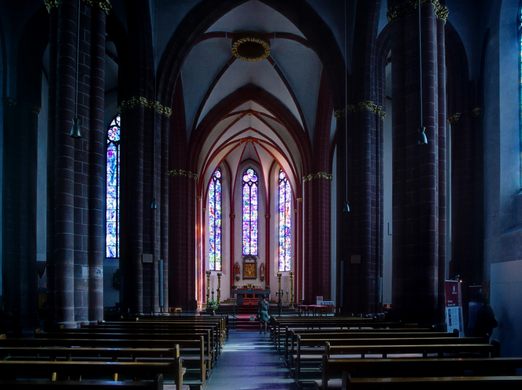
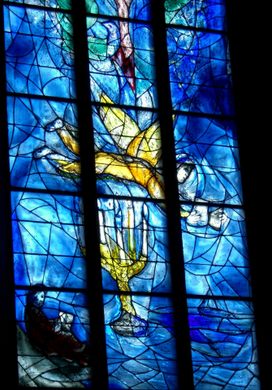
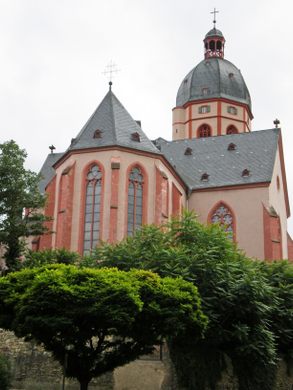




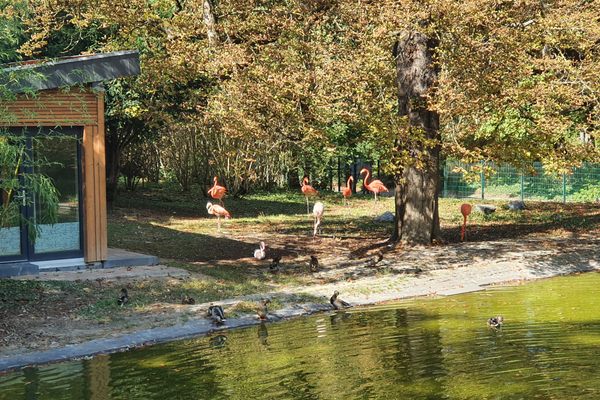
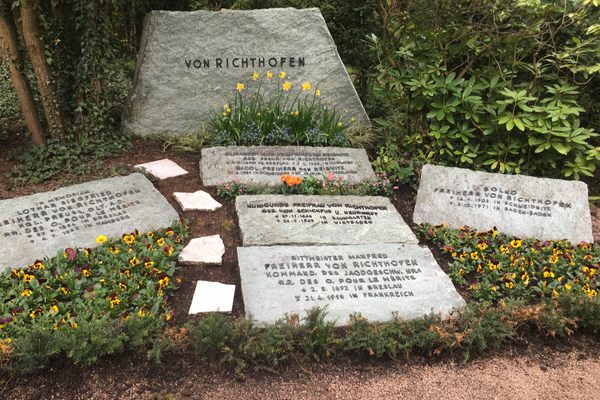
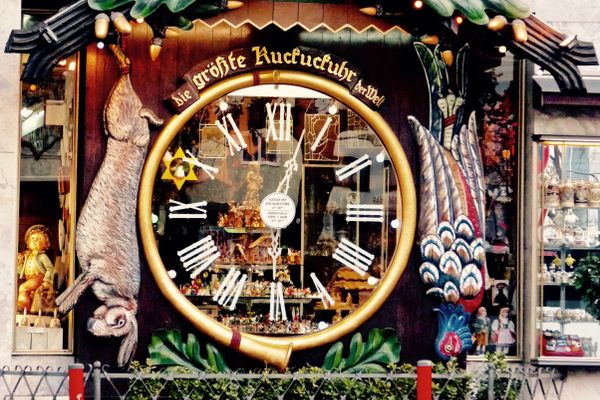


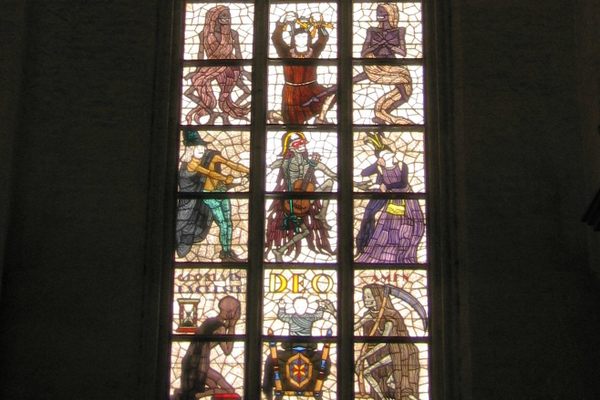


Follow us on Twitter to get the latest on the world's hidden wonders.
Like us on Facebook to get the latest on the world's hidden wonders.
Follow us on Twitter Like us on Facebook